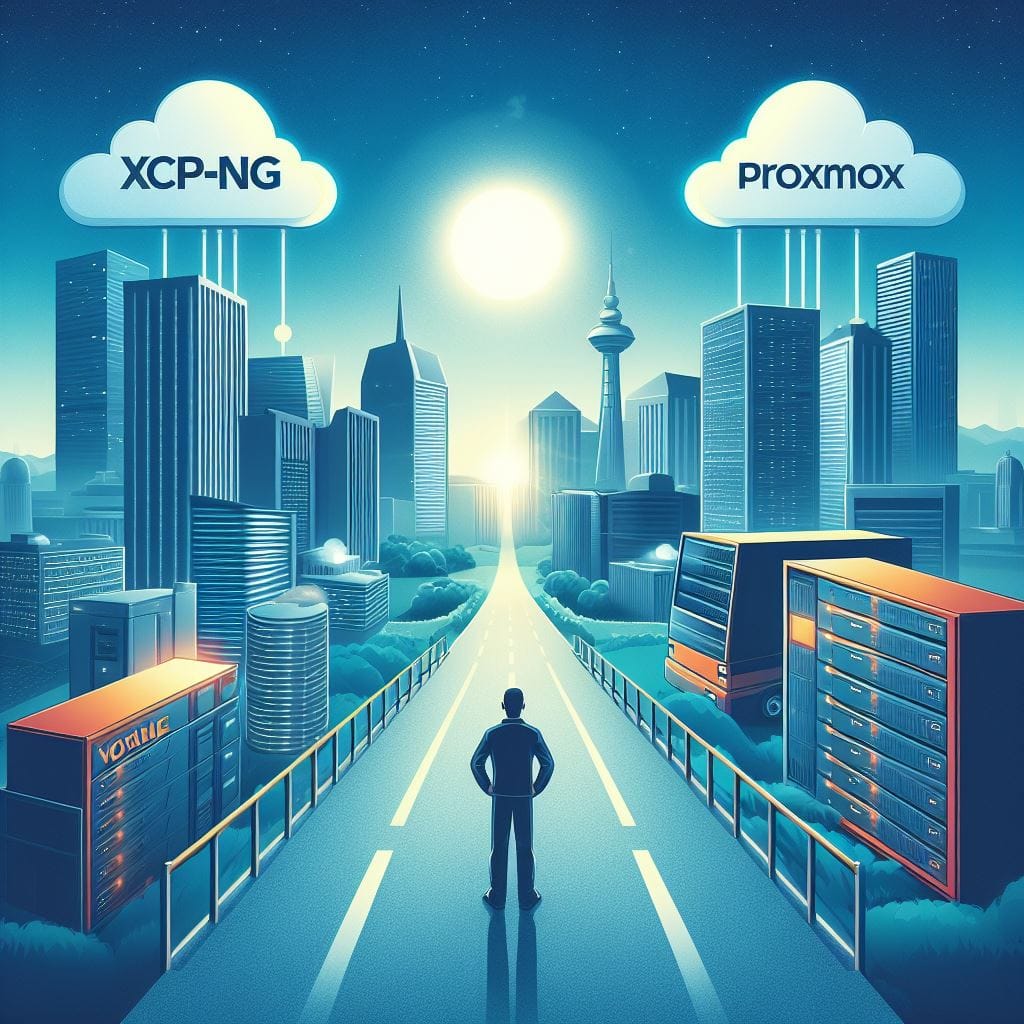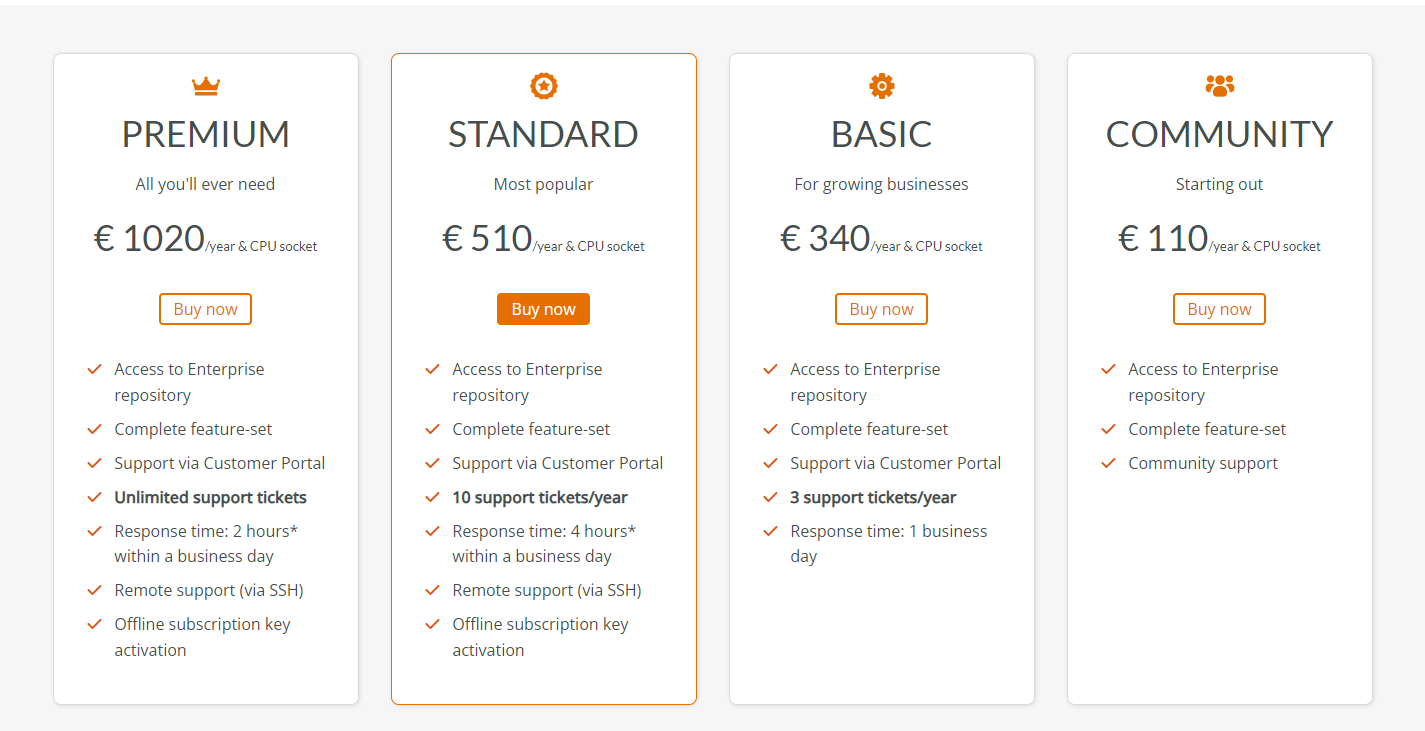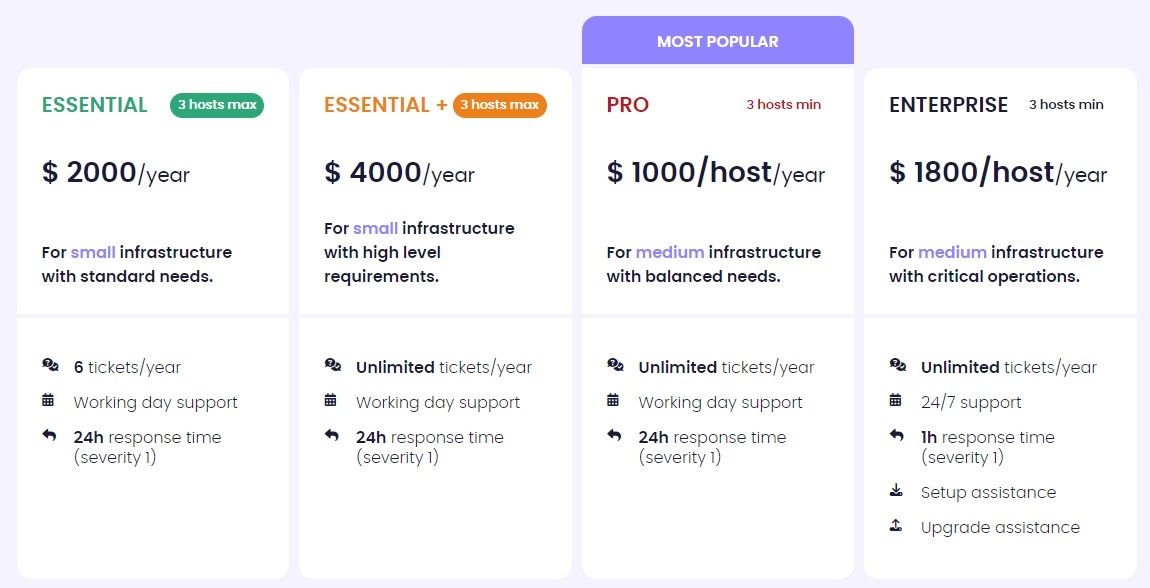
The ongoing Broadcom acquisition of VMware is creating uncertainty around the future of vSphere and other VMware products, with the recent change being the end of perpetual licences. With such a major shift underway in the virtualization space, many businesses are exploring alternative solutions to VMware. Two popular open-source options that often emerge in this debate are XCP-NG and Proxmox.
Proxmox: A Popular Home lab Choice
Let's start with Proxmox, as it is undoubtedly one of the most popular virtualization platforms for home lab and small office/home office (SOHO) users. Polls conducted on virtualization forums consistently show Proxmox topping the list when it comes to personal and non-professional use cases. There are good reasons for its popularity in these circles.
Being based on Debian Linux under the hood, Proxmox provides users with a very flexible and customizable environment through the typical tools and packages available on Debian. This makes it ideal for tinkering, testing, and learning. Home lab users enjoy the ability to heavily modify and customize their Proxmox installations.
However, this flexibility can sometimes backfire when Proxmox is deployed in business environments. Support teams may find themselves overwhelmed trying to understand and support highly customized Proxmox builds that differ greatly from the default installation. Customizations, while fun for home use, complicate maintenance and upgrading.
If used straight out of the box according to best practices, Proxmox can indeed work well for smaller businesses. Its web-based graphical user interface (GUI) makes setup and basic administration straightforward. And its API functionality allows for Automation and integration with other tools.
There are also two main reasons Proxmox may not be the best fit for larger enterprise deployments:
Availability of Support: Proxmox's technical support offerings are limited compared to commercial virtualization platforms. It provides support primarily through community forums and knowledge base articles. Paid support is only available during normal German business hours on weekdays. There are no formal service level agreements (SLAs) for response times or priorities.
Scalability: While Proxmox can certainly handle medium-sized deployments, there are fewer instances reported of enormously large and complex Proxmox setups compared to other solutions. Its capabilities and performance at massive enterprise scales remains less proven.
Pricing: Proxmox offers paid subscriptions besides the free platform. Proxmox's subscriptions provide access to the default and most stable package repository, the Proxmox Enterprise Repository, thus delivering reliable software updates and security enhancements, as well as enterprise-grade technical support.

Proxmox strikes an excellent balance of features, flexibility and price and remains a rock-solid choice for home labs, SOHOs, and smaller businesses that don't require robust 24/7 support or massive scalability. Where it falls somewhat short is for huge global enterprises with demanding high availability requirements.
XCP-NG: Stability, Scalability and Support
This brings us to XCP-NG, an open-source hypervisor that addresses some of Proxmox's potential shortcomings for business use cases. XCP-NG is a drop-in replacement for Citrix XenServer that maintains near feature parity while being fully open source and non-proprietary.
Behind XCP-NG is the company Vates, which develops and supports the platform as well as its management GUI Zen Orchestra (ZO). ZO plays a role similar to VMware vSphere, providing centralized administration and orchestration of XCP-NG hypervisors at scale.
A key differentiator of XCP-NG versus Proxmox is its architecture, which is designed much more like VMware ESXi/vSphere rather than a virtual appliance-style approach. This lends itself better to large deployments with:
- Separation of management/orchestration (ZO) from compute (XCP-NG hosts)
- Scalable resource pools and distributed virtual switch capabilities
- Tight integration between primary components
In practice, this has allowed XCP-NG setups supporting thousands of VMs across numerous hypervisors to emerge, with the ZO console maintaining effective control and visibility. Documentation of these massive deployments reveals rock-solid stability even under enormous load.
Vates also provides robust commercial support options for XCP-NG, including:
- 24/7 support via phone, email and ticketing system
- Service level agreements for response/resolution times
- Emergency escalation procedures
- Access to repository of technical guides & fixes
- Dedicated account representatives

Subscription costs are affordable even for medium-sized businesses. And the open-source nature means self-support is always possible as well.
Major upgrades to XCP-NG/ZO continue to polish functionality while retaining upgrade simplicity. New features like live migration high availability and enhanced backup tools get added over time. The codebase remains very cleanly organized and well-documented compared to many open-source projects.
XCP-NG is the best open-source option for enterprise deployments requiring serious scale, high availability demands, and commercial support contracts. The Zen Orchestra management layer solves administration headaches that could otherwise plague a distributed Xen hypervisor implementation.
Suggested Read 📖

Key Factors to Consider
Flexibility - Proxmox provides a very flexible and customizable Debian-based environment, ideal for experimenting and learning. XCP-NG focuses more on stability and scalability out of the box.
Ease of Use - Proxmox's GUI installer and streamlined interface make it simpler to get up and running quickly. XCP-NG/ZO requires more initial configuration.
Scalability - XCP-NG has proved itself capable of immense deployments with thousands of VMs. Proxmox's abilities at gigantic scales remain relatively untested.
Support Options - Commercial 24/7 support is available for XCP-NG through Vates. Proxmox only offers limited online community help during business hours.
Suitability - Proxmox excels for home labs, non-profits and small businesses. XCP-NG targets large, heterogeneous enterprise deployments with round-the-clock operations.
Total Cost of Ownership - Proxmox remains free to use without limits. However, Proxmox offers paid plans, that come with stable updates as well as limited support. XCP-NG support subscriptions become more worthwhile at larger scales.
For flexible tinkering, personal learning or small deployments, Proxmox offers an outstanding free solution. But businesses requiring serious scalability, high availability, and commercial support would be best served by XCP-NG, backed by the expertise of the Vates team. Both remain excellent options, depending on specific virtualization needs and priorities.
Alternative Options
It's also worth briefly addressing other virtualization platforms that sometimes enter the discussion but for various reasons may not represent the best choice over XCP-NG or Proxmox:
Hyper-V
In my experience, Hyper-V has never been a truly great product for virtualization. Microsoft has also made the decision to discontinue the free version of Hyper-V, ostensibly because - as a company worth nearly $3 trillion - they don't want to allocate resources to it.
Given these factors, Hyper-V is not viewed as a better or more stable alternative worth serious consideration for most businesses. Its future seems uncertain, and others options exist that provide more value.
KVM - The underlying hypervisor technology of Proxmox, but managing "bare metal" KVM lacks the user-friendly administrative tooling of complete distributions like Proxmox or solutions like Libvirt/Cockpit.
Docker/LXD - Excellent for containerization but cannot fully replace the capabilities of true hypervisor-based virtual machines which still remain necessary for many workloads.
Conclusion
Proxmox offers a flexible and easy-to-use platform well-suited to home labs, education, non-profits and small offices seeking cost-effective virtualization without commercial support obligations.
Larger and more mission-critical operations requiring serious scalability, high availability guarantees and robust support contracts find an exceptional solution in XCP-NG, backed by Vates' expertise. Its Zen Orchestra control plane brings VMware-like centralized management to distributed Xen hypervisors.
While VMware remains dominant in enterprises for now, XCP-NG in particular is primed to capture a substantial portion of those organizations transitioning away from proprietary virtualization in coming years. Its scalability, flexibility and commercial viability finally provide a true open source alternative to VMware's technology and business model. As always, virtualization decisions require evaluating one's specific technical needs and budget.



